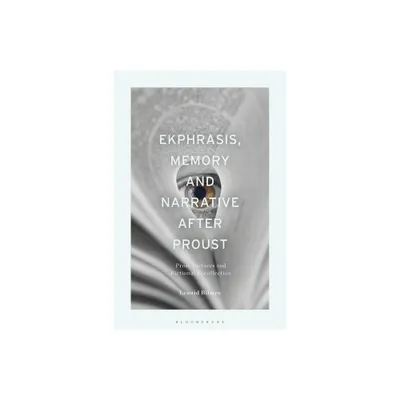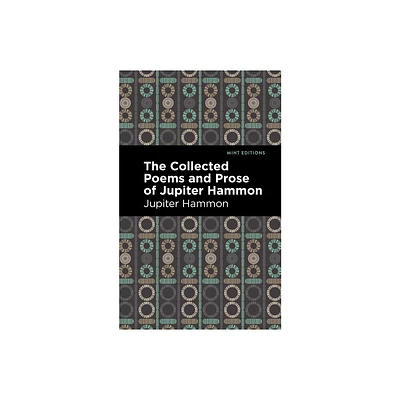Home
Ekphrasis, Memory and Narrative after Proust: Prose Pictures Fictional Recollection
Loading Inventory...
Barnes and Noble
Ekphrasis, Memory and Narrative after Proust: Prose Pictures Fictional Recollection
Current price: $115.00


Barnes and Noble
Ekphrasis, Memory and Narrative after Proust: Prose Pictures Fictional Recollection
Current price: $115.00
Loading Inventory...
Size: Hardcover
*Product Information may vary - to confirm product availability, pricing, and additional information please contact Barnes and Noble
This book explores the relationship between ekphrasis and memory in the novel. Drawing on
À la recherche du temps perdu
, Leonid Bilmes considers how Vladimir Nabokov, W. G. Sebald, Ben Lerner, Ali Smith and Lydia Davis have employed and reshaped Proust's way of depicting the recollected past.
In
Ada
,
Austerlitz
10:04
How to Be Both
and
The End of the Story
, memory images are variously transposed into intermedial descriptions that inform the narrator's story, just as they serve to shape the reader's own remembrance of each of these narratives. Ekphrasis in the novel after Proust, Bilmes argues, acts as a distinct site within the text where past and present, self and other, image and text, seeing and hearing, are ever on the brink of reconciliation.
The book surveys a wide field of critical inquiry, encompassing classical theorizations of ekphrasis, philosophical explorations of memory and visuality, as well as seminal studies of image-text relations by, among others, W. J. T. Mitchell, Jean-Luc Nancy and Liliane Louvel. Bilmes's compelling dialogue with theory and literature evinces the underexplored bond between ekphrasis and memory in the contemporary novel.
À la recherche du temps perdu
, Leonid Bilmes considers how Vladimir Nabokov, W. G. Sebald, Ben Lerner, Ali Smith and Lydia Davis have employed and reshaped Proust's way of depicting the recollected past.
In
Ada
,
Austerlitz
10:04
How to Be Both
and
The End of the Story
, memory images are variously transposed into intermedial descriptions that inform the narrator's story, just as they serve to shape the reader's own remembrance of each of these narratives. Ekphrasis in the novel after Proust, Bilmes argues, acts as a distinct site within the text where past and present, self and other, image and text, seeing and hearing, are ever on the brink of reconciliation.
The book surveys a wide field of critical inquiry, encompassing classical theorizations of ekphrasis, philosophical explorations of memory and visuality, as well as seminal studies of image-text relations by, among others, W. J. T. Mitchell, Jean-Luc Nancy and Liliane Louvel. Bilmes's compelling dialogue with theory and literature evinces the underexplored bond between ekphrasis and memory in the contemporary novel.


















